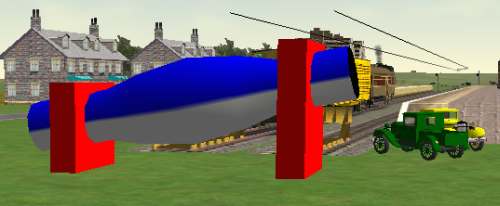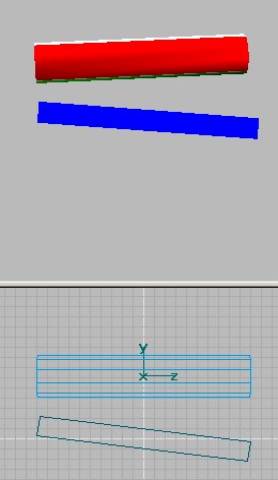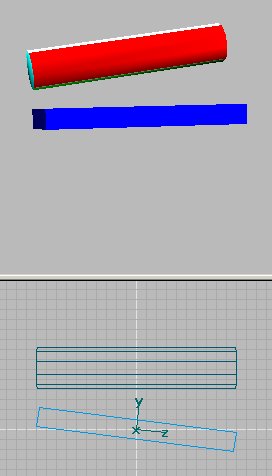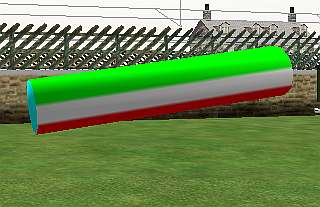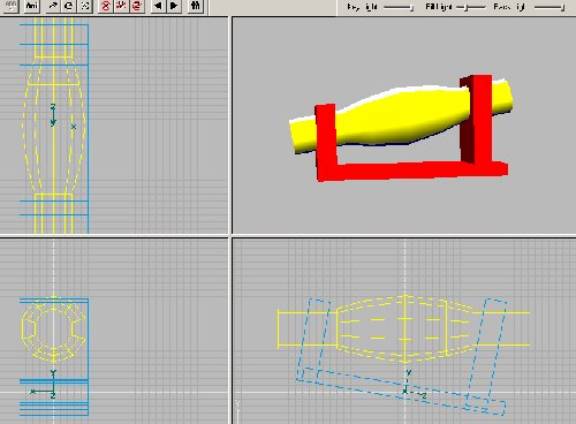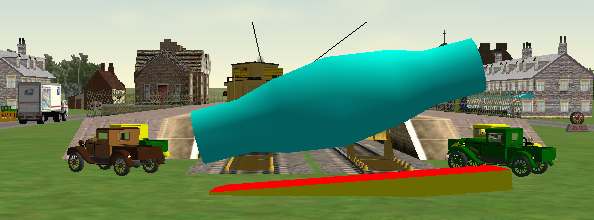How To Animate A Scenery Object - Part 2
by Paul DeVerter
A Port City Car Co. Project Copyright © 2004
Overview
This tutorial is for Train Sim Modeler, and is an add-on or Part 2 for the original tutorial entitled “How To Animate A Scenery Object”. That tutorial dealt with making a stationary steam engine, which has rotating, linearly moving, and combination moving parts. You will need to read and understand that tutorial before you will be in a position to learn from Part 2. Here we are going to build a further animated scenery object, but this animation is in a different plane.
I found it difficult to build a rotating object that was not square to the X, Y, or Z axes. What I mean is an object, like a cylinder, whose long axis is at an angle to the surface of the MSTS Earth. It is quite simple to build a rotating cylinder whose axis is parallel to the Earth, or is vertical to it. But try changing the axis to something other than 90° to the primary axes, and what you get is a nutating or wobbling cylinder. It seemed to me there had to be a solution, and what follows is the method I stumbled upon.
Recall in the prior tutorial, there is this paragraph: “ The animated scenery object as a whole can not be rotated in TSM after you have animated a part, without redoing the animation. The whole thing can, however, be rotated in Route Editor as you place it in MSTS.” This last sentence is the clue to this tutorial.
And I have discovered a further rule for TSM animation: You must have a base or main parent part from which the rotating part(s) depend.


